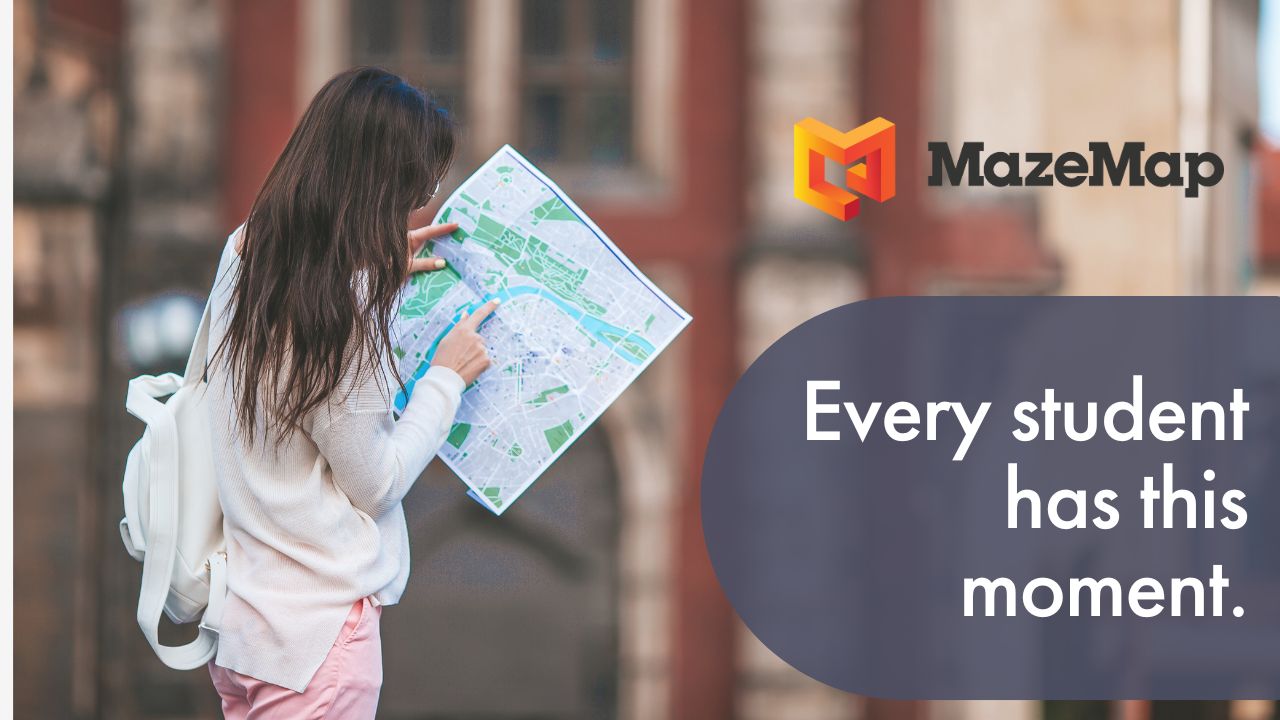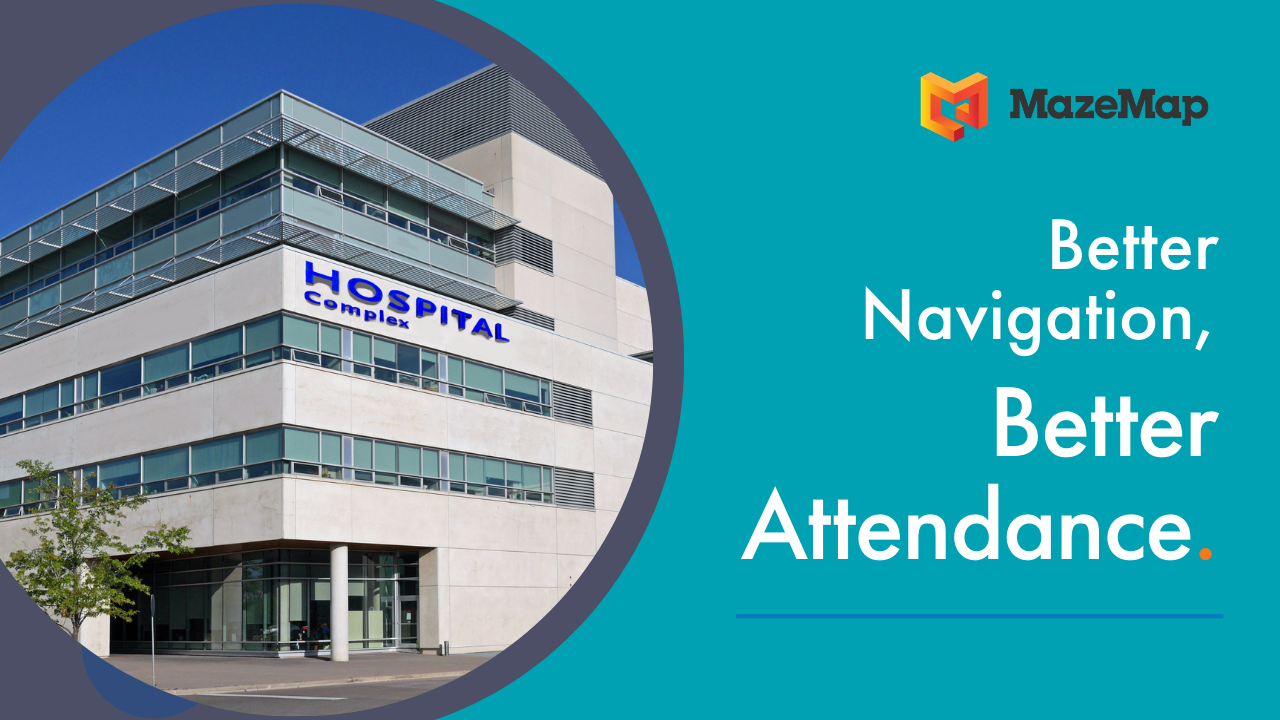BY VEGARD FLADBY
Before you know it, the 2024/25 school year will be here! The new year is approaching, and it is time to start preparing for the upcoming school year. The beginning of the school year is an exciting time for both students and teachers/lecturers. It’s a new opportunity to learn and experience something different.
In our previous blog, we discussed the topic of international students, and we briefly discussed student orientation. This blog is set to delve deeper into that topic. In order to make this experience as smooth as possible, we’ve compiled a list of tips that will help you create a proper student orientation.

Share information with students before they arrive
The student orientation's goal is to welcome and acclimate new students. A good orientation program is one where students are both prepared to start their journey as a student, and prepared for what to expect in the city they're studying in. The best way to achieve this is to share information with them before they arrive. This will ensure that the first few weeks of your program run smoothly, and it will also make your students feel welcome and comfortable at the school.
It’s important for students to know what they can expect when starting university, so consider sharing information about:
- The campus environment (e.g., what facilities are available, where things are and where the classes are held, and most importantly - how you get there!)
- Your university or school culture (e.g., how communication works, student organizations)
- Life in the city or town where you study (e.g., places to eat out, public transport, things you NEED to experience)
If this is a part of your introduction webpage or other resources, remember to give the students all the necessary information as they don’t know the city and its facilities like you do.
Ensure that students don’t get lost on their first day
Orientation should provide a sense of comfort for students and parents. With that in mind, making sure your orientation website includes a map of the campus grounds is important. This is a great way to show new students where they can find their lecture halls, study spaces, and other resources on campus. A lot of campuses and buildings have vague maps scattered around the premises, but these simply don’t do it anymore.
It’s also essential that the map is easy to understand. A good map will include icons for common areas like the cafeteria, gymnasium, and library. The map should further provide clear navigation, both indoors and outdoors.

The placement of the map on your orientation website can make all the difference when it comes to helping new students get around campus quickly while they're still trying to orient themselves with their surroundings. Make sure it’s visible right away when people visit your site. You’ll probably get the best results by including map links and QR codes to ensure the students always have access to the maps. Consider printing these QR codes and hanging them up around campus as well.
Allow students to ask questions and share feedback
One of the most important parts of a student orientation is allowing them to ask questions and share feedback. It's okay if you don't know all the answers, but it's important that they feel comfortable enough to ask you anything and everything.

It's also important that you allow yourself to ask your students questions as well. You should never be afraid of asking your students what they think about their classes or how they feel about their school experience so far. This will help build rapport between you, which will make it easier for both parties when there are things that need addressing later on down the road—like understanding the need the students have for software to facilitate a smooth transition into university. An example of this could be indoor maps, proper student information systems, or other software.
Conclusion
I hope this has given you a better understanding of what student orientation can do for the students, and your university. With this knowledge, you're fit to make orientation at your campus run as smoothly as possible for new students.
The most important thing is that you tailor the orientation towards the students' needs and wants. It shouldn’t be just about getting them through the first couple of weeks on campus: it should be about making sure that they enjoy being there from start to finish!











